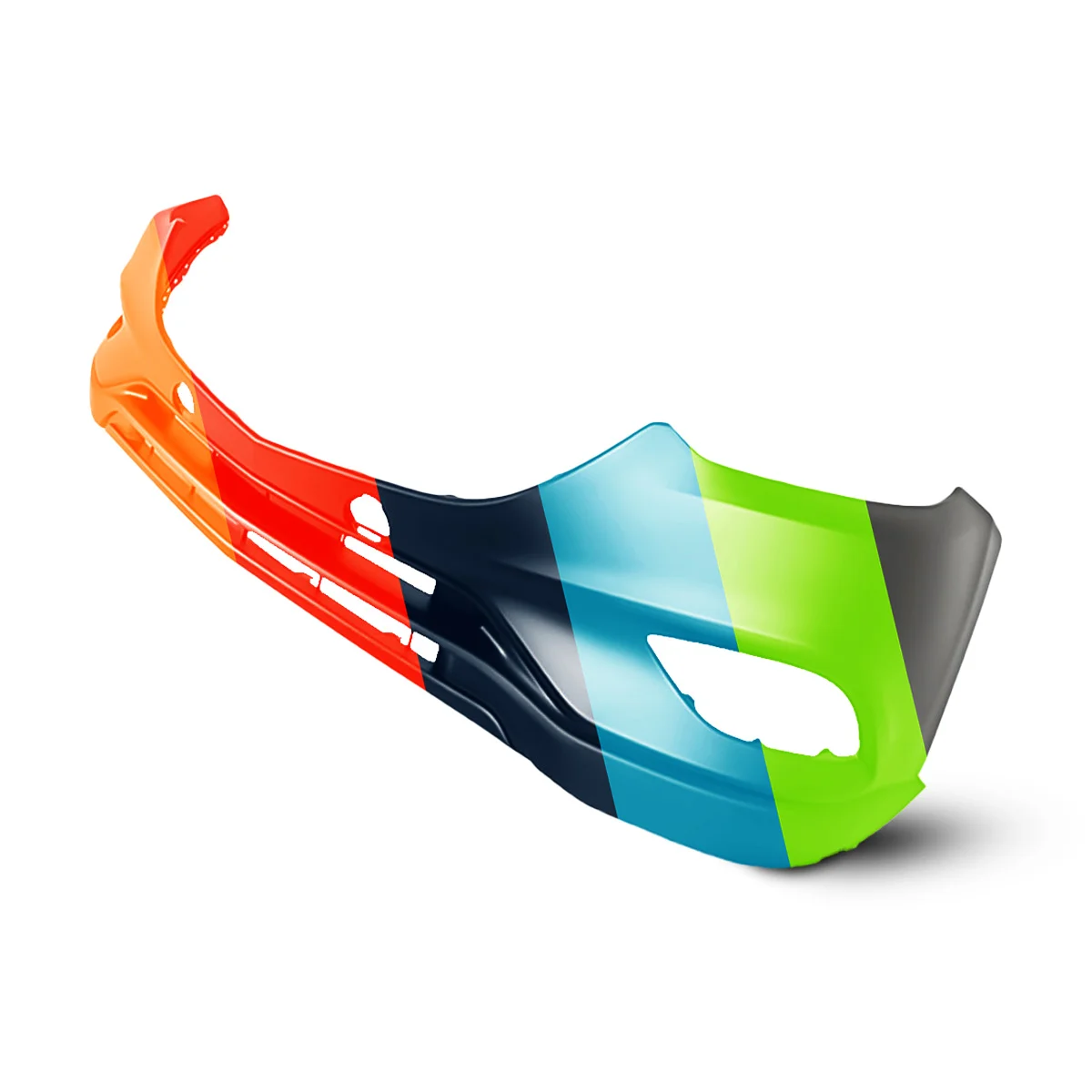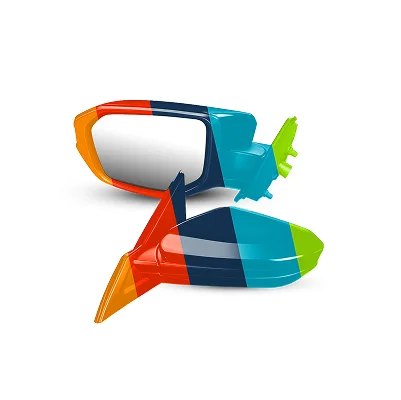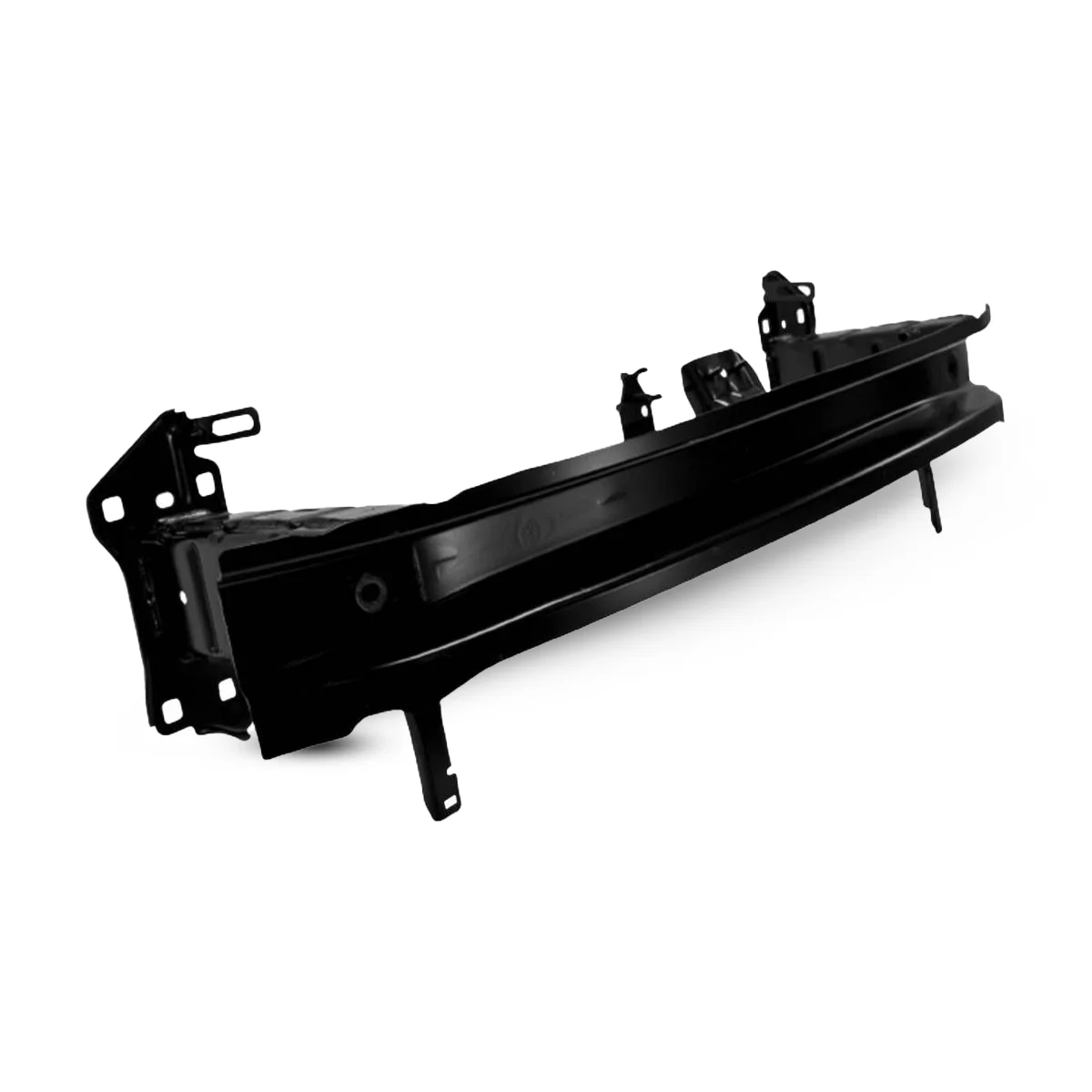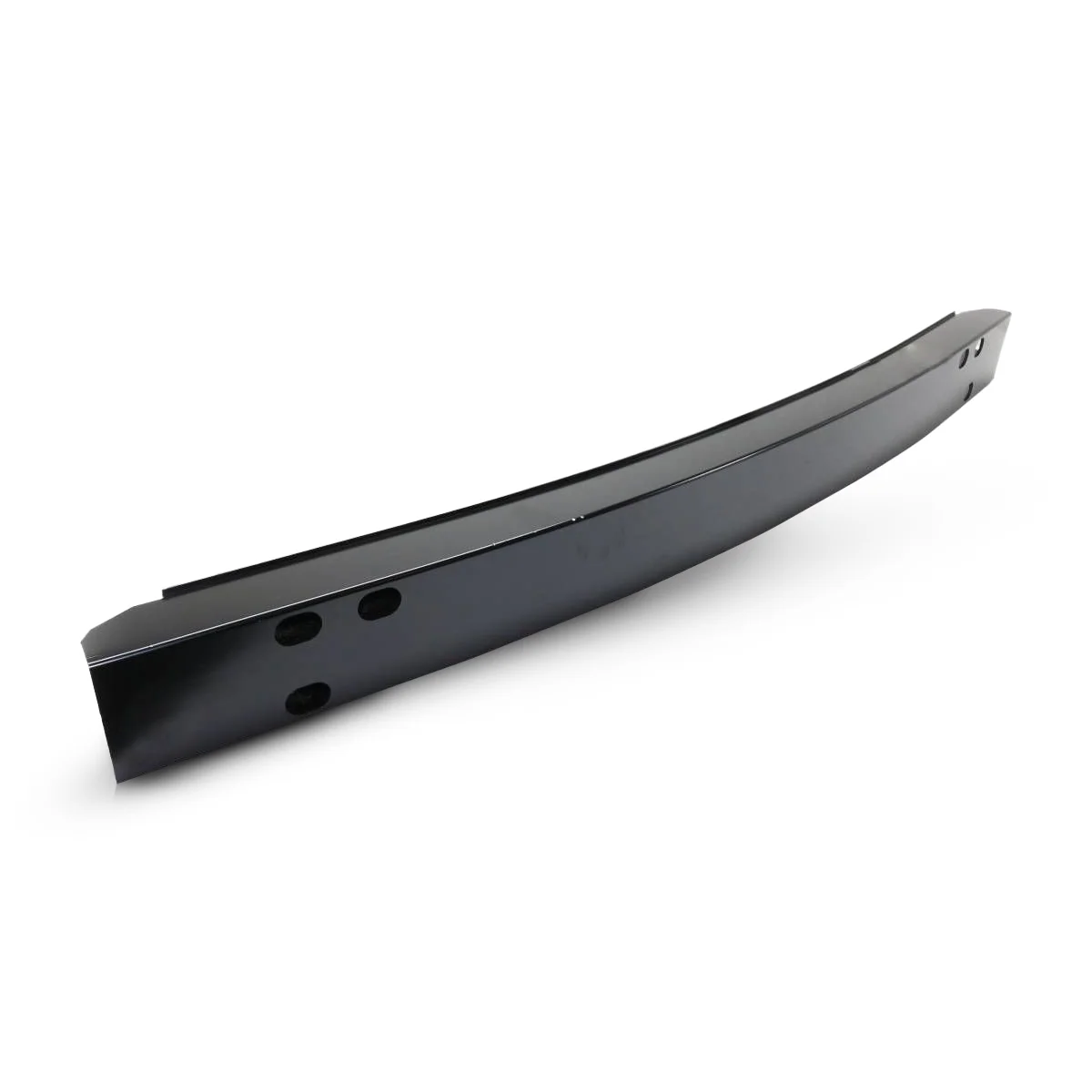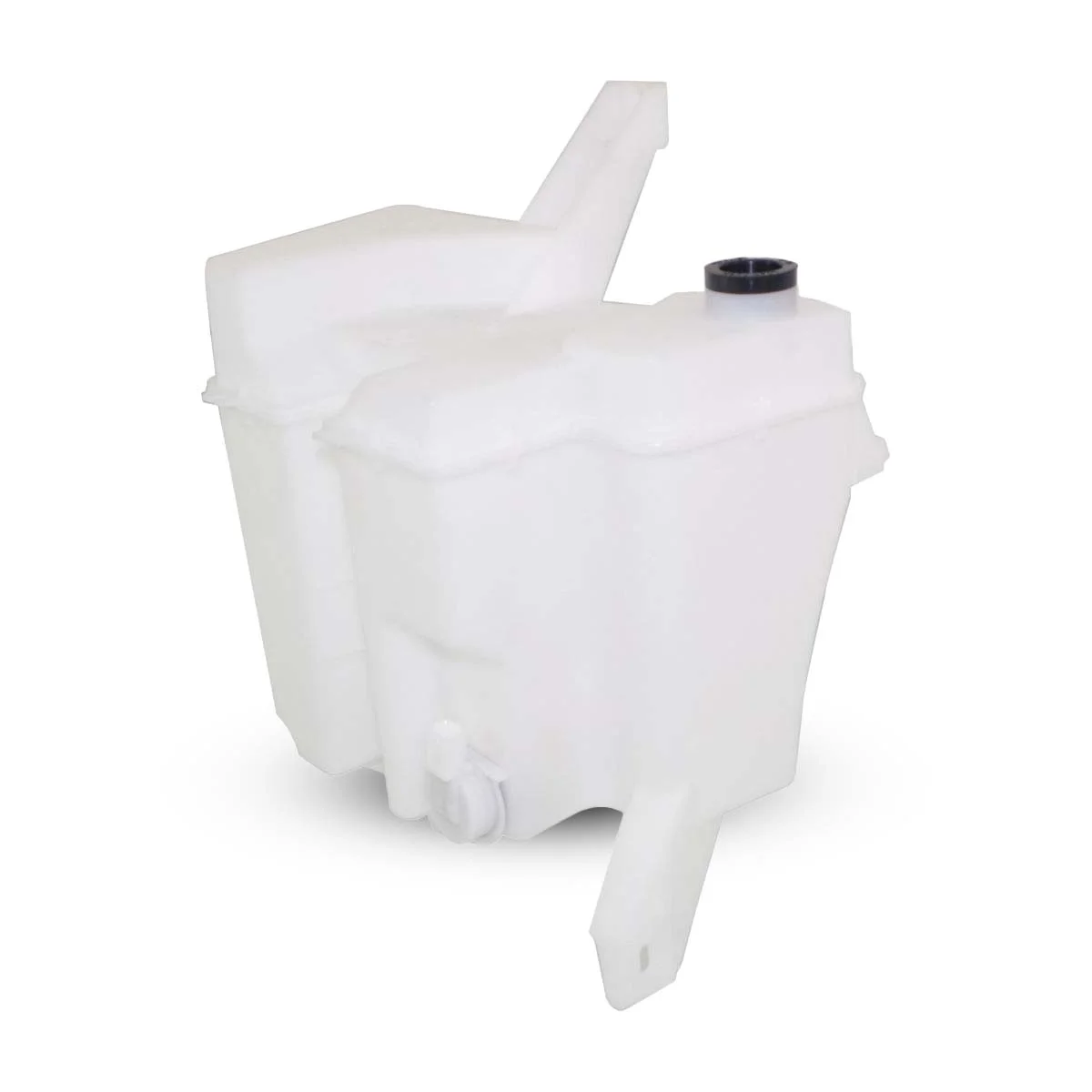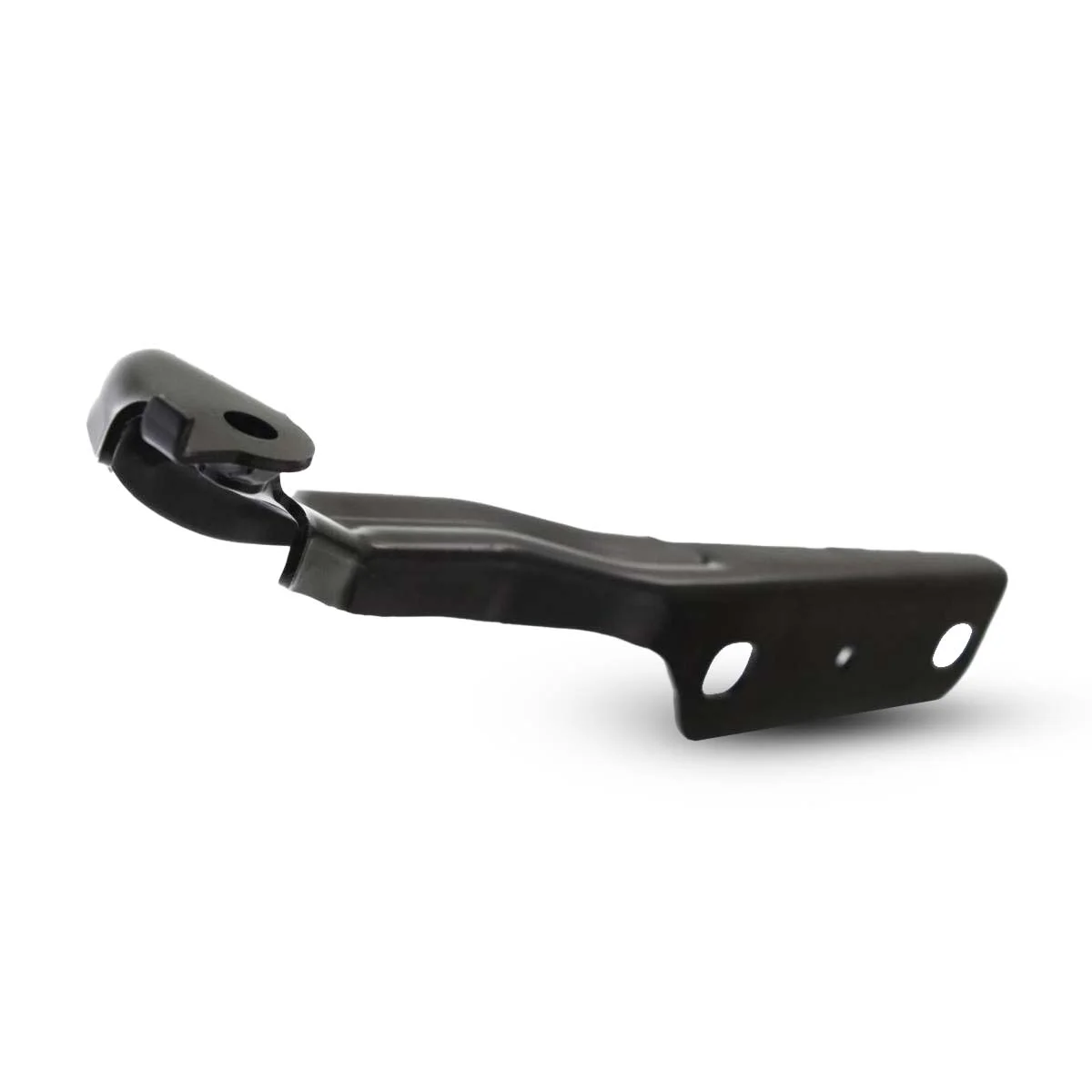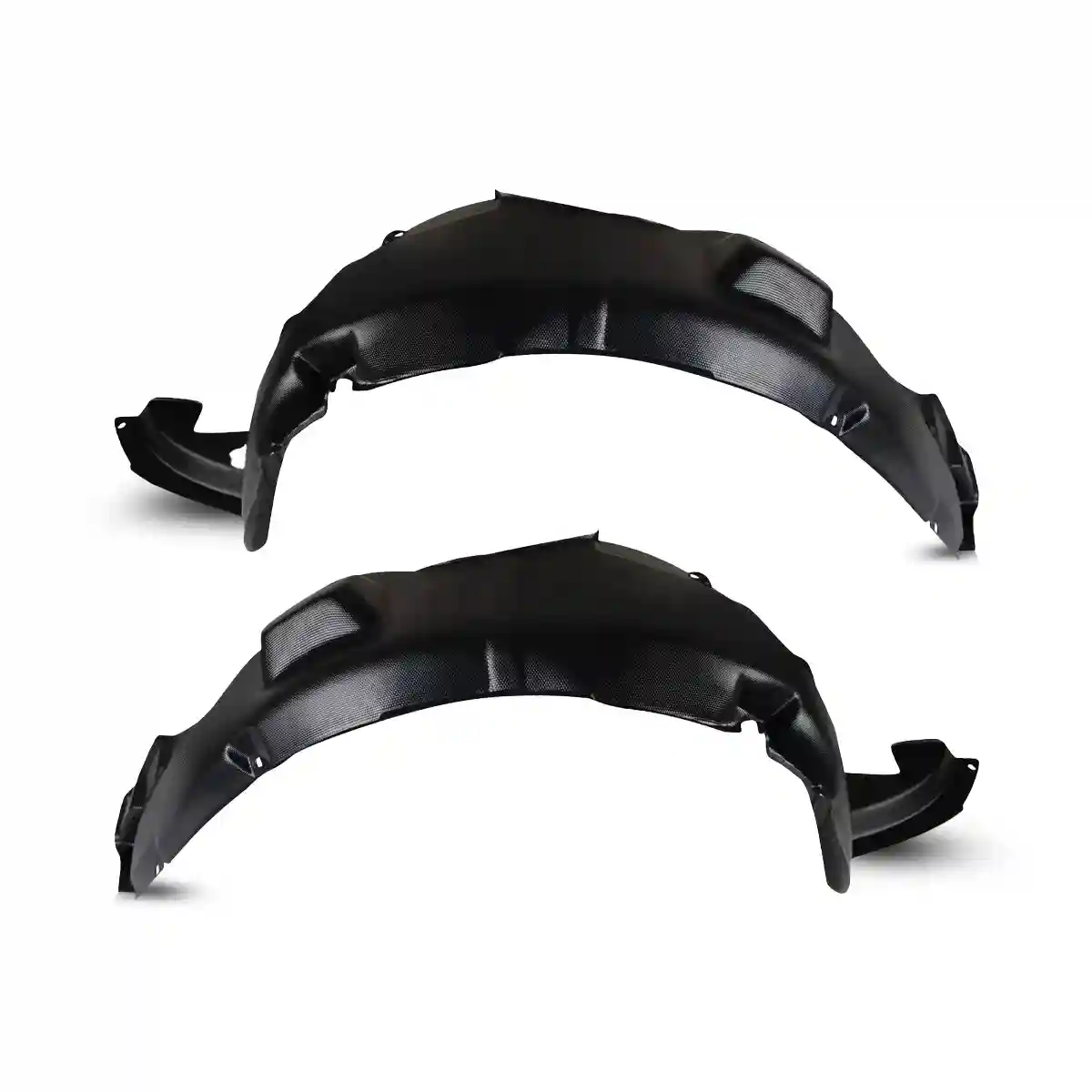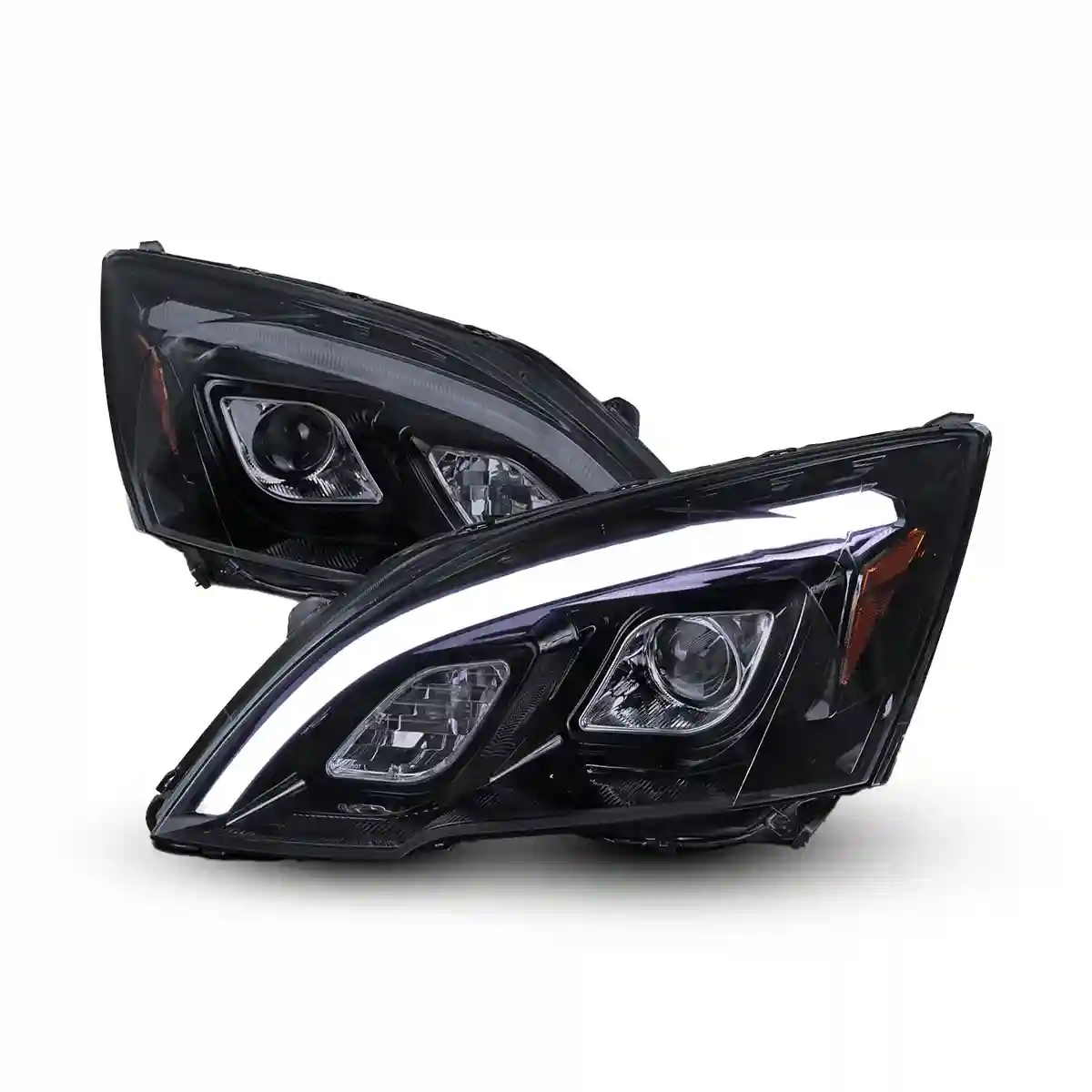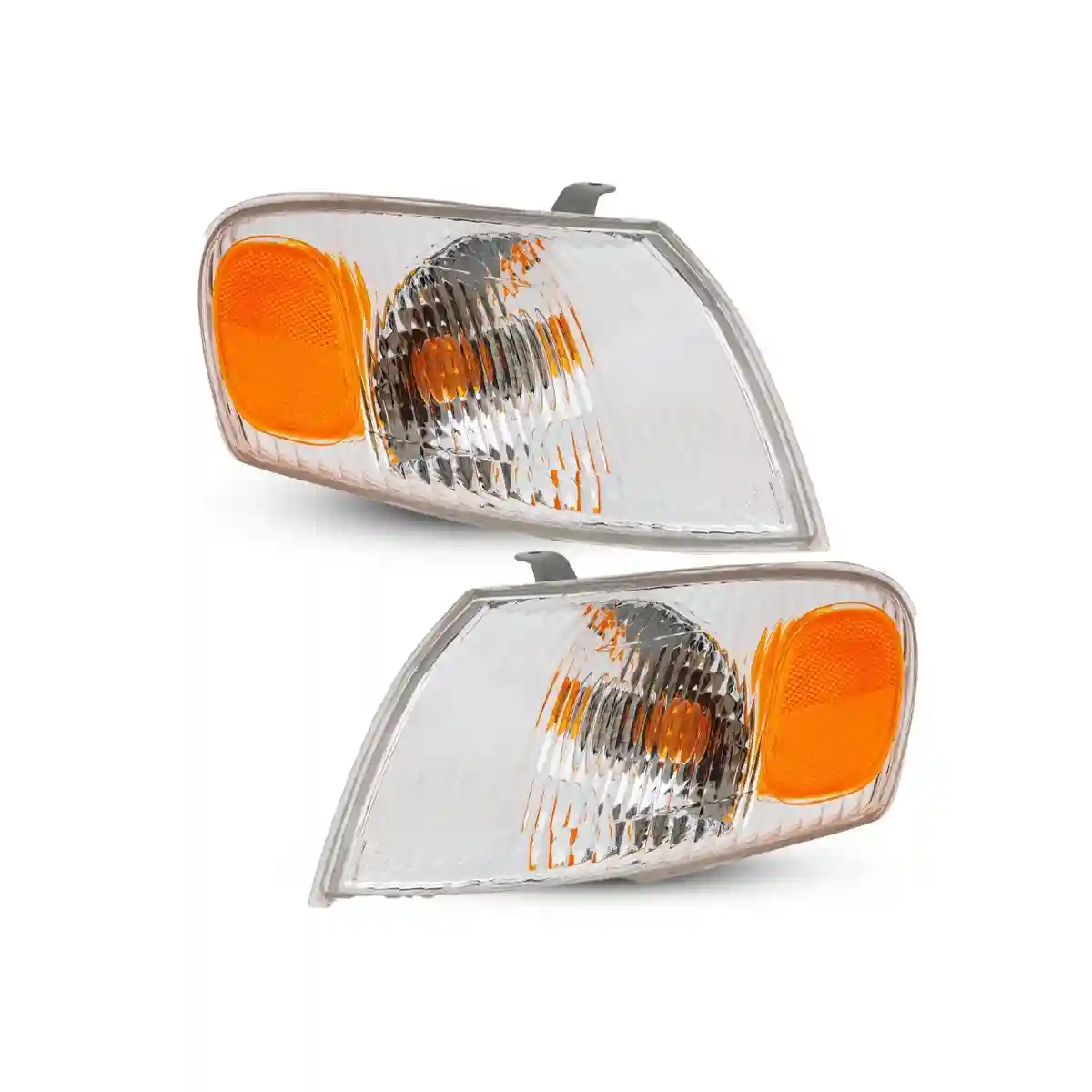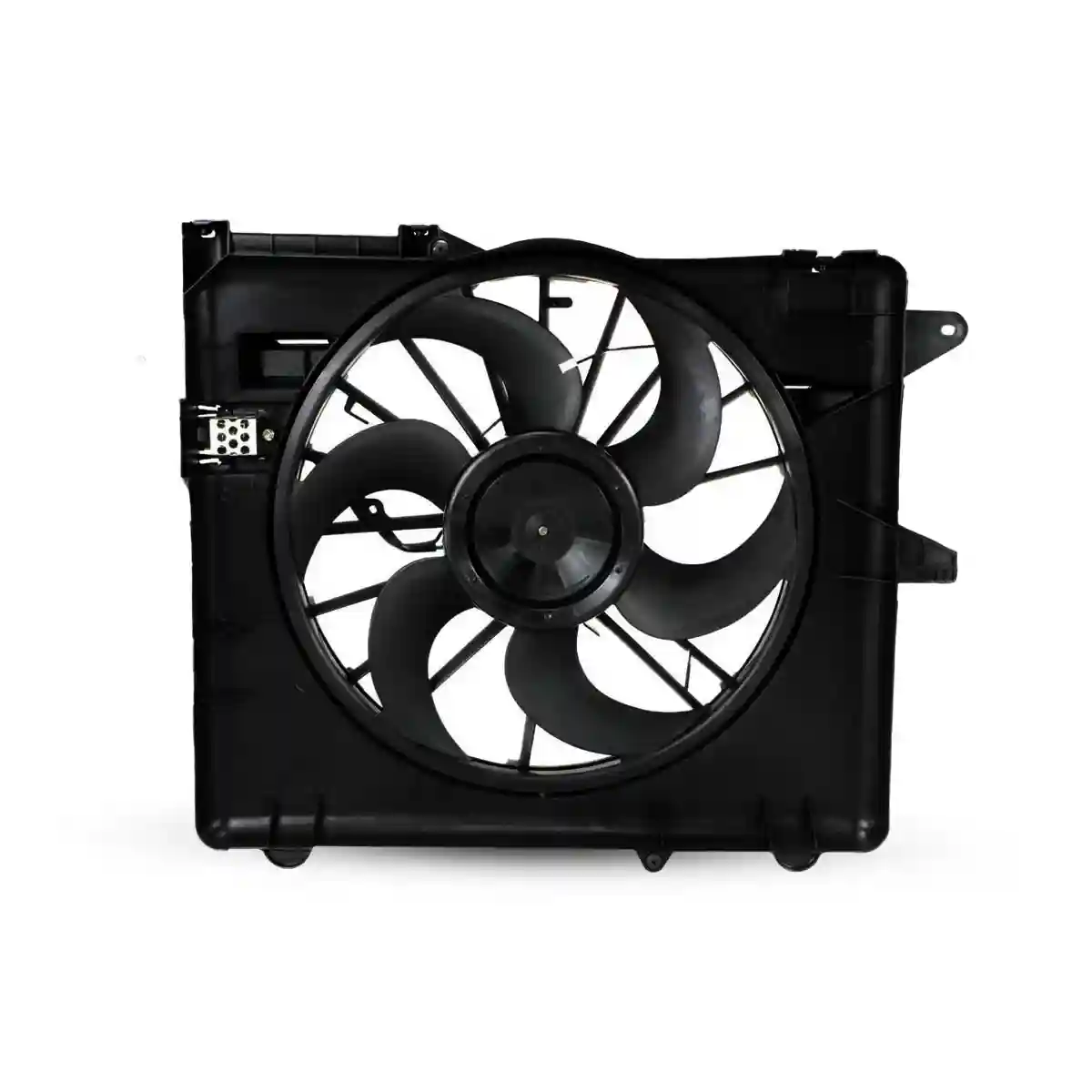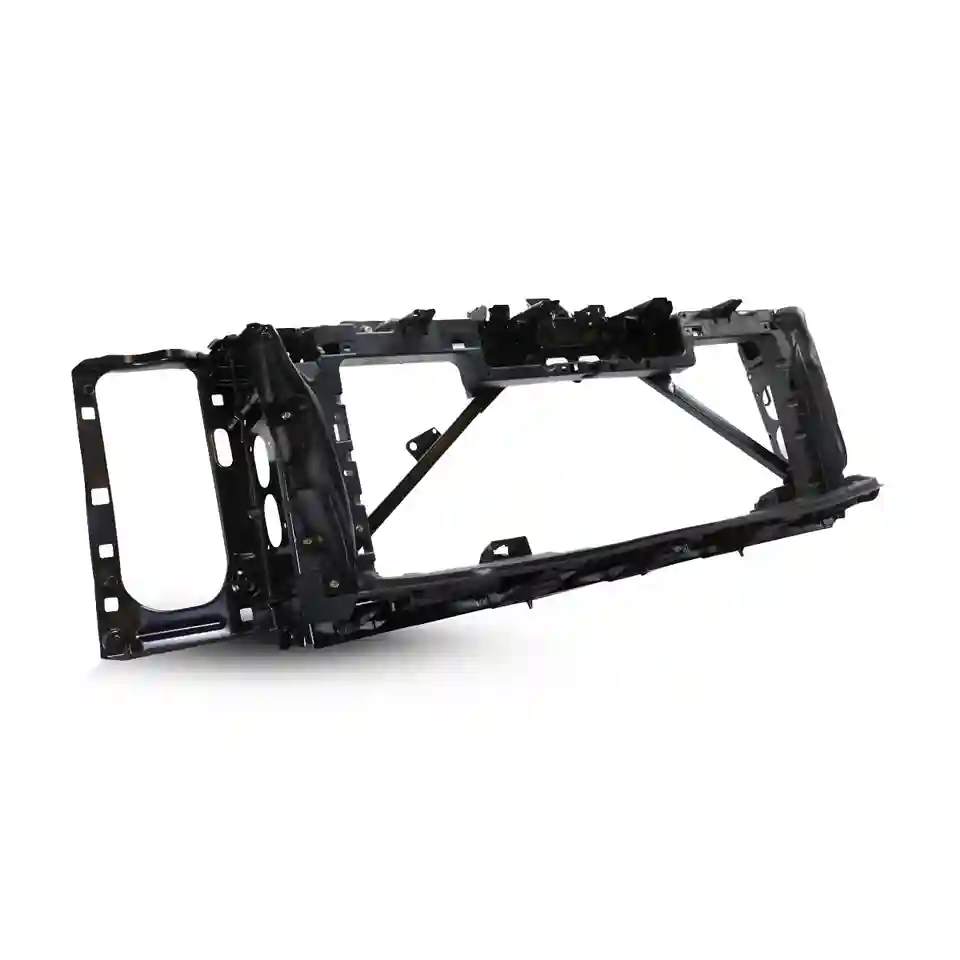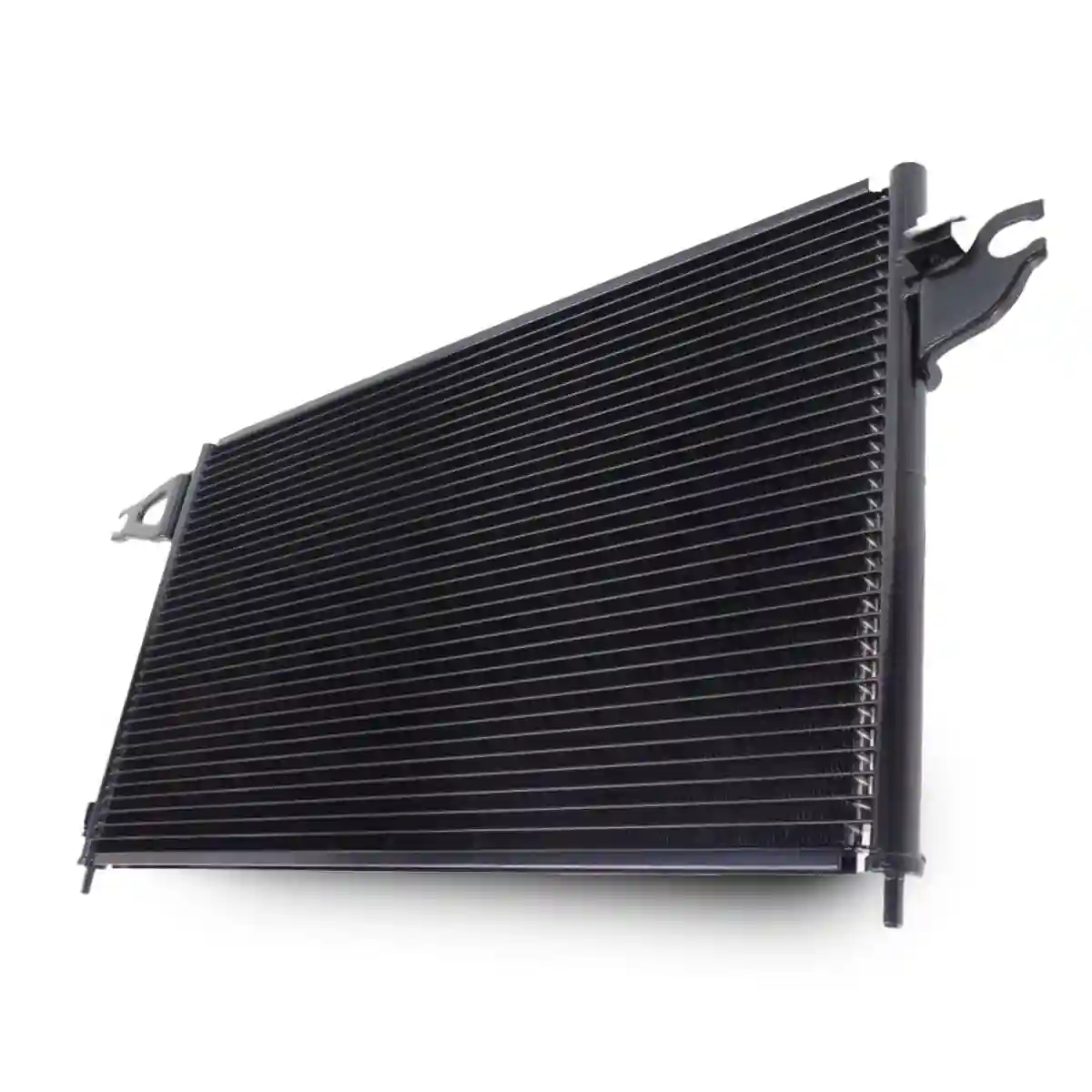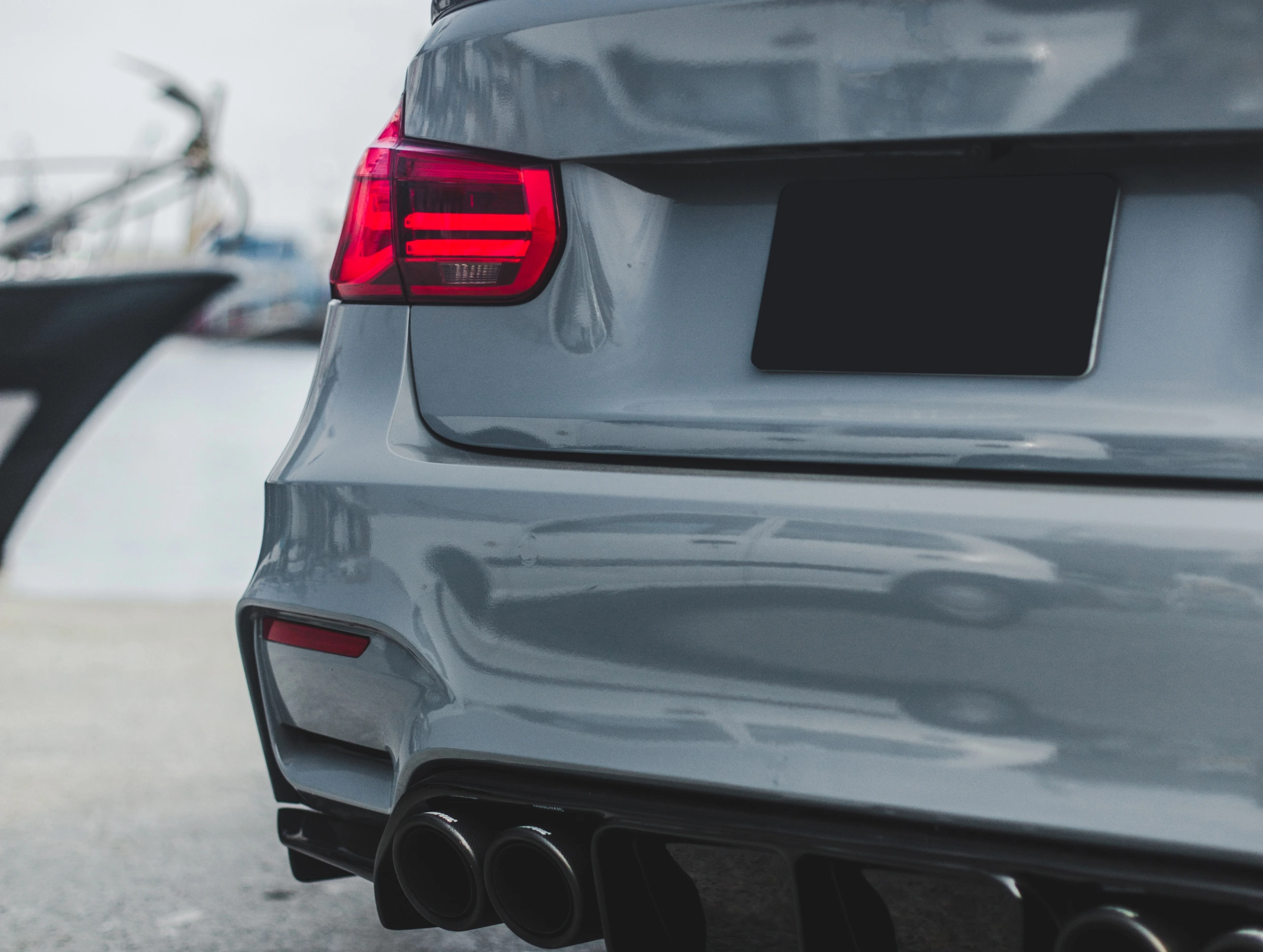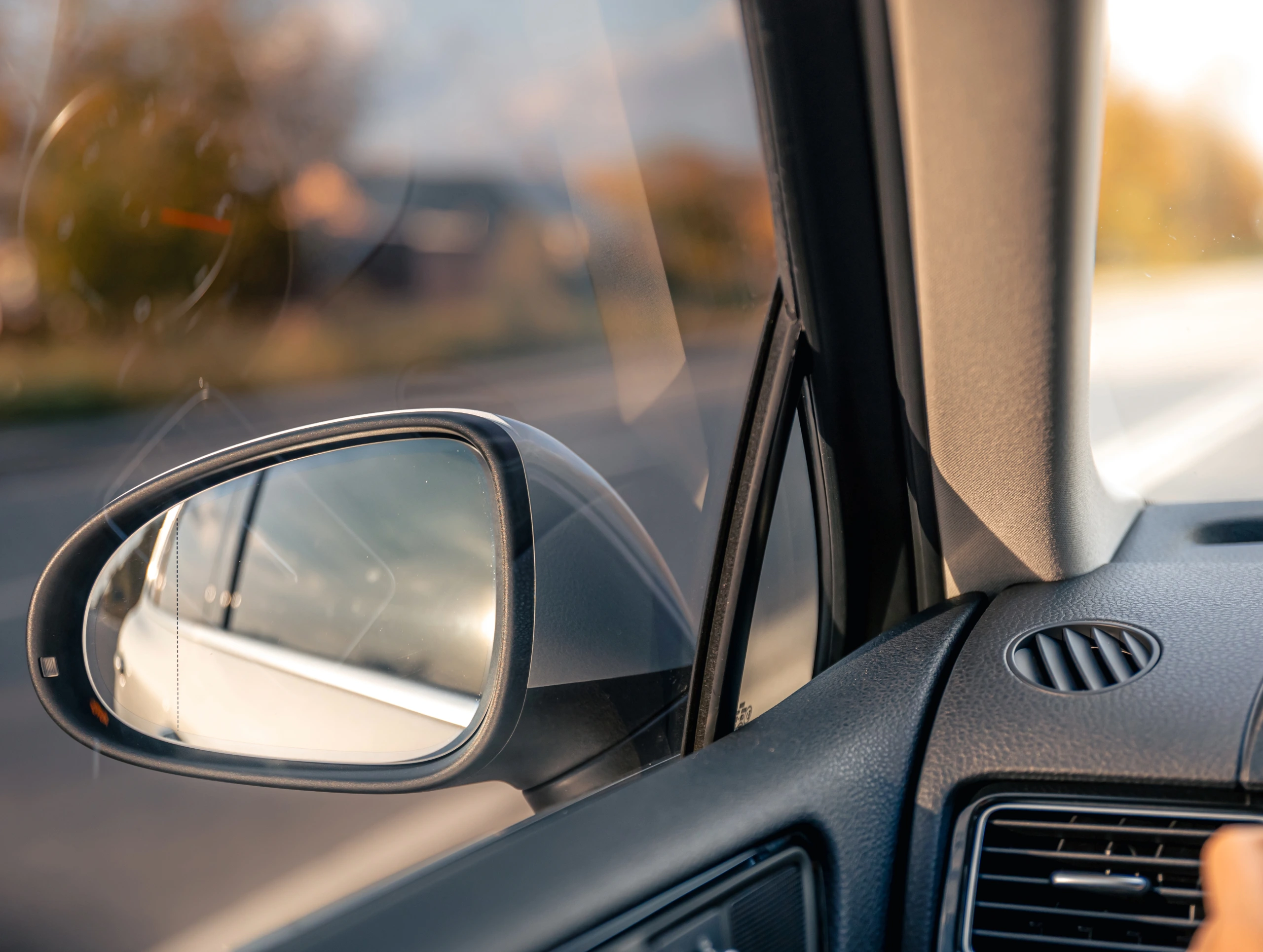Prepping your car's paint for fall is essential due to falling leaves, increased moisture, and temperature fluctuations that can cause damage. Start by thoroughly cleaning the surface to remove dirt, grime, and old wax. Use a clay bar kit to eliminate embedded contaminants and do light sanding for a smooth finish.
Applying a high-quality wax or sealant will protect your paint from harsh elements. Don't forget to inspect and touch up any scratches. By following these steps, you'll guarantee your car's paint stays pristine throughout the season. Stick around to discover more tips on effective car paint maintenance.
Key Takeaways
- Clean thoroughly to remove dirt, grime, and old wax before any paint prep.
- Inspect and fix small scratches with touch-up paint for a smooth surface.
- Choose urethane paint for its durability against fall's harsh conditions.
- Apply a high-quality wax or sealant to protect the paint from moisture and debris.
- Work in moderate humidity to ensure proper paint adhesion and drying.
The Importance of Prepping Car Paint
As the crisp autumn air begins to set in, it's crucial to understand why prepping your car's paint for fall is essential. Fall brings a unique set of challenges for your vehicle's exterior, including falling leaves, increased moisture, and varying temperatures. If you don't take action, these elements can wreak havoc on your car's paint, leading to premature wear and tear.
You want to guarantee paint longevity, especially since your car is an investment. Seasonal protection is key to maintaining that showroom shine and preventing costly repairs down the line. Leaves can leave behind sap and debris that, when mixed with moisture, become acidic and damage the paint surface.
Fluctuating temperatures can also cause the paint to expand and contract, potentially leading to cracks or peeling.
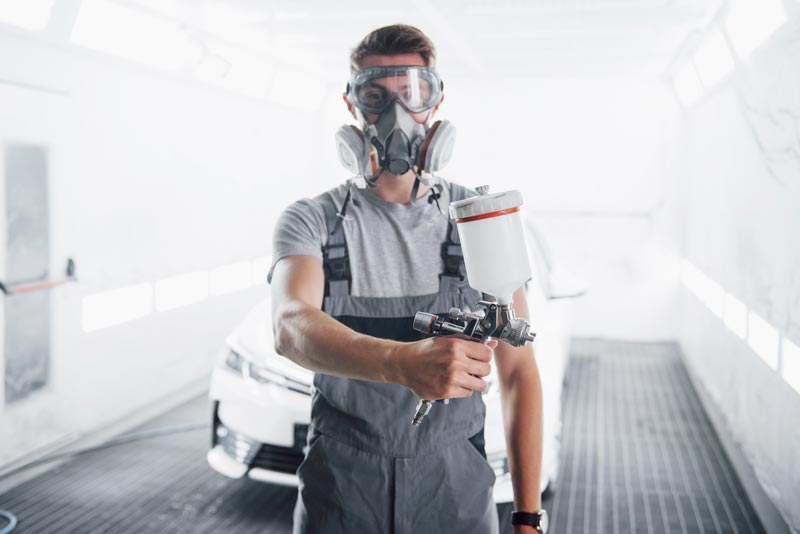
Tips for Prepping Car Paint for the Fall Season
Assessing the Weather Conditions
Fall brings a mix of weather conditions that can impact your car's paint, so it is vital to assess these before starting any prep work. You need to pay close attention to temperature fluctuations.
Fall weather can swing from warm afternoons to chilly evenings, and these changes can affect how your paint adheres and cures. If the temperature drops too quickly after painting, the paint might not set properly, leading to a less durable finish.
Humidity levels also play an important role. High humidity can cause condensation on the car's surface, which can interfere with paint application. It can also lead to longer drying times and potential imperfections in the paint job. Before you start, check the weather forecast for humidity levels. Ideally, you want to work on days with moderate humidity to guarantee the best results.
Choosing the Right Paint
Selecting the right paint is essential when prepping your car for the fall season. To guarantee your vehicle looks its best and withstands the upcoming weather changes, you need to carefully consider both color selection and paint types.
First, think about the color selection. Fall's shorter days and lower light can affect how colors appear. Darker colors might look even darker, while lighter shades can brighten up those gloomy days. Consider hues that not only suit your style but also enhance visibility and safety.
Next, let's talk about paint types. You've got several options: acrylic, urethane, and enamel. Acrylic paints are easy to apply and dry quickly, making them a good choice if you're looking for a DIY project.
Urethane paints are more durable and resistant to chipping, which is ideal for the harsher fall weather. Enamel paints, though more challenging to apply, offer a glossy finish and excellent durability.
Selecting the right paint isn't just about aesthetics - it's about guaranteeing your car's exterior can handle fall's unpredictable conditions. Make informed choices to keep your car looking sharp and protected all season long.
Preparing the Surface
Guaranteeing a smooth and flawless finish starts with meticulous surface preparation. The first step is thorough surface cleaning. You need to remove any dirt, grime, or old wax from the car's exterior. Use a high-quality car wash soap and microfiber cloth to avoid scratching the paint. Rinse the car thoroughly and dry it with a clean towel.
Next, inspect the paint for any imperfections like scratches or chips. Small blemishes can be fixed with touch-up paint, but deeper issues may require professional attention. After addressing these, you'll want to focus on paint smoothing.
Utilize a clay bar kit to remove embedded contaminants that regular washing can't eliminate. Glide the clay bar gently over the lubricated surface, guaranteeing you cover every section.
Once the surface is clean, it's time for a light sanding. Use a fine-grit sandpaper to even out any rough spots. This step is essential for achieving a uniform surface before applying new paint or sealant. Remember, the goal is to create a pristine canvas for the fall season. Proper preparation guarantees your car's paint will look fresh and last longer, protecting it from the elements.
Gathering the Right Tools
After meticulously preparing the surface, it's imperative to gather the right tools to continue prepping your car paint for the fall season. The first tool you'll need is a quality car wash mitt. Opt for a microfiber mitt to avoid scratches and guarantee thorough cleaning.
Next, choose a clay bar kit to remove embedded contaminants from the paint surface. This step is vital for maintaining paint protection and guaranteeing a smooth, clean finish.
When it comes to tool selection, a dual-action polisher is invaluable for applying polish and wax. This tool helps achieve an even application and reduces the risk of damaging your paint. Don't forget to grab polishing pads and microfiber towels as well; they're essential for buffing and wiping down surfaces without causing harm.
For waxing, select a high-quality wax or sealant designed for paint protection. A good wax acts as a barrier against the elements, safeguarding your car's paint from fall weather conditions. Finally, keep a detailing spray handy for quick touch-ups and maintaining the shine between washes.
Safety Precautions
Before you immerse yourself in prepping your car paint for fall, it's vital to prioritize safety. Start by understanding that paint safety is important to protect both you and your vehicle. The chemicals and solvents involved in car paint preparation can be hazardous if not handled correctly.
First, always wear the right protective gear. This includes gloves to shield your hands from harsh chemicals, safety goggles to protect your eyes from splashes, and a mask to prevent inhalation of toxic fumes. These items are non-negotiable and should be worn throughout the entire process.
Next, make sure you're working in a well-ventilated area. Good airflow helps disperse harmful fumes and reduces the risk of inhaling dangerous chemicals. If you're working indoors, open all windows and doors, and consider using fans to increase ventilation.
Also, keep a first aid kit nearby. Accidents can happen, and it's best to be prepared. If you get paint or chemicals on your skin, rinse immediately with plenty of water.
Lastly, store all chemicals and tools properly when not in use. This prevents accidental spills and keeps your workspace organized and safe. By following these precautions, you'll promote a safer and more efficient paint prep process.
Maintenance After Painting
Once you've finished painting your car, it's crucial to maintain that fresh look and protect the new paint job. Proper maintenance will guarantee paint durability and finish protection, keeping your car looking its best through the fall season and beyond.
Here are three key steps to follow:
- Regular Washing: Clean your car regularly using a gentle automotive shampoo and a soft sponge. Dirt, grime, and road salt can damage the paint and reduce its lifespan, so washing your car every two weeks can help maintain the finish protection.
- Waxing: Apply a high-quality car wax every 2-3 months to create a protective barrier against environmental factors such as UV rays, rain, and bird droppings. Waxing enhances paint durability by sealing the paint and providing a glossy finish.
- Touch-Up Paint: Address any chips or scratches immediately with touch-up paint. Ignoring minor damage can lead to rust and further deterioration of the paint job. By promptly fixing these imperfections, you'll maintain the overall appearance and integrity of the paint.
Conclusion
As autumn leaves start to fall, don't let your car's paint job fall apart. By prepping your car's paint, you're not just protecting it - you're preserving its beauty. Remember, a little effort now can save you a lot of trouble later.
So why wait? Take action today, and your car will thank you tomorrow. After all, isn't a gleaming, well-protected car worth it? Keep it shining, and drive with pride all season long.
FAQs (Frequently Asked Questions)
How Often Should You Wash Your Car in the Fall?
- As fall weather creeps in, you might wonder: how often should you wash your car? To guarantee ideal paint maintenance, aim for once a week. This routine helps keep debris and moisture from damaging your car's finish.
Can You Prep Car Paint in Cold Weather?
- Yes, you can prep car paint in cold weather, but you'll need special cold weather techniques. Paint application challenges include longer drying times and potential issues with adhesion. Guarantee proper temperature and humidity conditions for best results.
How Long Does It Take to Prep Car Paint for Fall?
- Perfect paint protection preparation typically takes two to three hours. You'll wash, wax, and seal your car's exterior, ensuring effective fall maintenance. Dedicate some time, and your vehicle will shine through the season seamlessly.



